10 Conversion Rate Optimization (CRO) Strategies Your Business Need
- harsh.lakhotia
- October 9, 2024
- 7:03 am
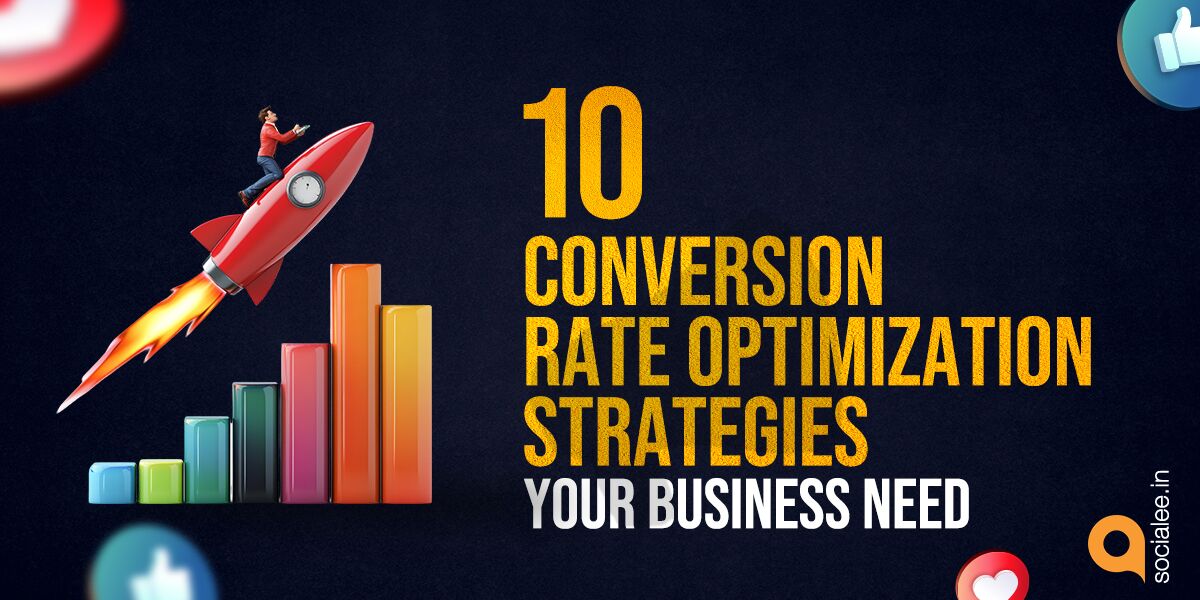
Putting months of effort into attracting to your website won’t matter at all if you don’t optimize your conversion rate. It is important to do everything you can to put your website in front of people. But it isn’t enough. Businesses must put a great deal of effort into converting visitors into customers, leads, or subscribers. This is where Conversion Rate Optimization (CRO) comes into play. CRO is a systematic approach to enhancing the performance of your website by improving the percentage of visitors who complete desired actions. Whether you’re looking to boost sales, generate more leads, or increase sign-ups, Conversion Rate Optimization strategies are essential.
Let’s explore 10 powerful CRO strategies your business needs to implement to turn more visitors into loyal customers.
1. A/B test your landing pages
Landing pages work remarkably in guiding visitors toward a specific action, such as signing up for a newsletter or making a purchase. First of all, creating well-designed landing pages is a must for optimizing conversion rates. However, it’s not enough to just create these pages, you need to test them. A/B testing comes to your aid. A/B testing helps you compare two versions of a landing page to see which one performs better. It is a tried and tested way to identify what resonates most with your audience. Whether it’s the headline, images, layout, or call-to-action (CTA), small tweaks can lead to significant improvements in conversions. Consistent A/B testing ensures that your landing pages evolve with your audience’s preferences and continue to drive results.
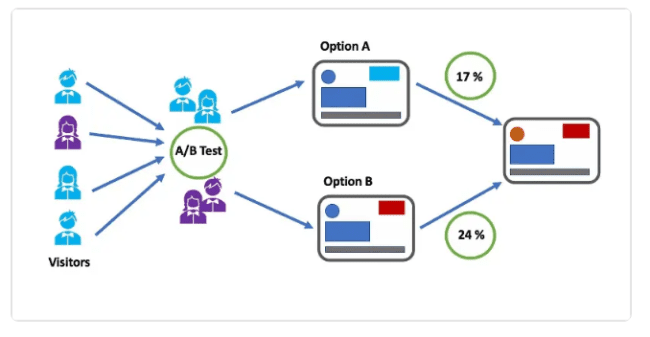
Imagine you run an online clothing store and have created a landing page for a new summer collection. You could A/B test two different headlines: Version A might say, “Slay the Summer in Style,” while Version B might be more action-oriented, such as “Shop the Hottest Summer Collections Now.” By testing these variations, you can determine which headline drives more conversions.
2. Test out text-based CTAs
While buttons and banners often dominate the conversation around CTAs, don’t underestimate the power of text-based CTAs. These are typically hyperlinked phrases or sentences embedded within your content that guide users toward a conversion goal, such as downloading a resource or subscribing to a newsletter. Text-based CTAs can be particularly effective because they blend seamlessly into your content, making them less intrusive and more engaging. Experimenting with different placements, wording, and styles of text-based CTAs can reveal what works best for your audience, subtly guiding them toward your desired actions without disrupting their experience.
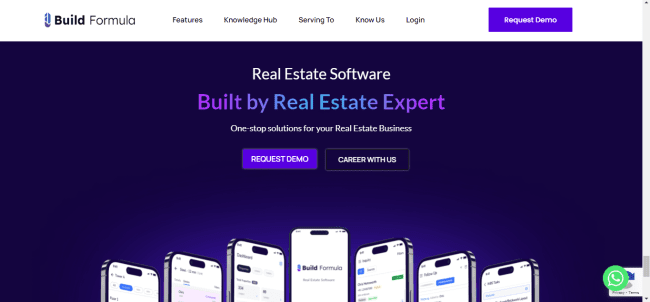
Build Formula has added text-based CTAs within its blog content to drive more conversions. For example, in a blog post titled “Analysis of Top 7 Real Estate CRM Software in India 2024,” they have included a text-based CTA with a hyperlink to their request demo page.
3. Incorporate social proof, such as reviews, number of customers, etc.
Trust is a critical factor in converting visitors into customers, especially for e-commerce sites or businesses offering high-value services. Adding trust signals can reassure potential customers that your business is credible and reliable. They can be customer reviews, ratings, number of customers, years of experience, and industry certifications. Displaying this kind of social proof prominently on product pages, checkout pages, and landing pages can reduce hesitation and build confidence. Whether it’s a high star rating, a trusted payment badge, or a certification from a respected industry body, these elements help to alleviate concerns, making it easier for visitors to commit to a purchase or inquiry.
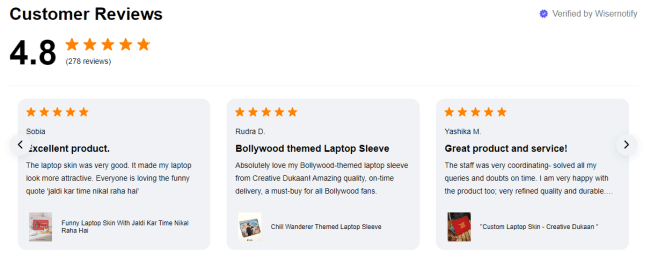
Creative Dukaan boosts customer trust by incorporating social proof throughout its website. On product pages, it displays customer reviews with star ratings. Additionally, showcasing the number of satisfied customers—such as “Over 10,000 happy customers worldwide”—creates a sense of credibility.
4. Add lead capture forms
Lead capture forms are essential for collecting valuable information from potential customers, allowing you to nurture them through the sales funnel. These forms should be simple and strategically placed across your website, such as on landing pages, blog posts, or even exit-intent pop-ups. The goal is to collect the most relevant information, such as a visitor’s name and email address, without overwhelming them with too many fields. Offering an incentive, like a free eBook, newsletter subscription, or discount, can increase the likelihood that visitors will fill out the form.
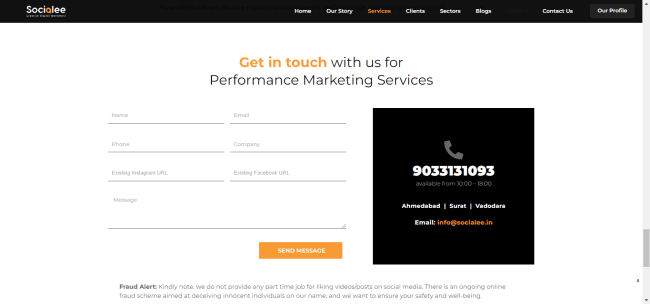
Socialee can use lead capture forms strategically on their website to gather valuable client information and nurture leads. For instance, on their “Performance Marketing Services” page, they could place a simple lead capture form offering a consultation in exchange for the visitor’s name, email, and business website. This allows Socialee to not only provide immediate value but also follow up with potential clients to discuss customized digital marketing solutions.
5. Post videos to showcase your products
Video content is a powerful tool for showcasing your products and capturing your audience’s attention. Videos allow you to demonstrate your products in action, highlight their features, and convey your brand’s personality in a way that static images or text alone can’t achieve. Whether it’s a quick explainer video, a customer testimonial, or a short product demo, incorporating videos into your marketing strategy can significantly boost engagement and conversions. Just make it short!

Suppose you sell trendy laptop bags like Creative Dukaan. By creating a video section on your website, you can visually demonstrate the utility of the bags and ease of use. These videos can be placed on the product page, shared on social media, or included in email campaigns. Customers who watch the video are more likely to purchase because they can see the product’s value in real time.
6. Optimize blogs that performed well
Your blog is a powerful tool for attracting organic traffic, especially if it’s filled with valuable content that resonates with your target audience. However, many blog posts fail to convert readers into customers. By optimizing your high-performing blog posts, you can capture more leads and drive conversions. This can include adding relevant CTAs, updating content to reflect current trends, or interlinking related products and services within the post.
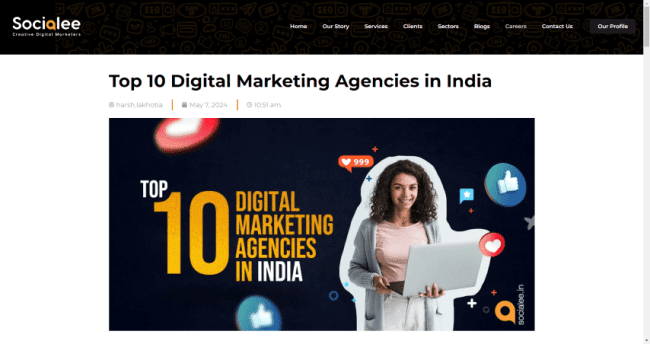
If you have a blog post that ranks well for “Top 10 Digital Marketing Agencies in India” on your digital marketing website, optimize it by interlinking to your service pages or contact us page. This will help guide them from being readers to becoming paying customers.
7. Optimize key elements above the fold
The content that appears “above the fold,” or the portion of your webpage visible without scrolling, is prime real estate for conversion opportunities. This area is the first thing visitors see when they land on your page, so it’s critical to capture their attention right away. Testing different elements above the fold, such as headlines, CTAs, images, and key messaging, can have a substantial impact on your conversion rates. Ensure that this space is not cluttered with unnecessary elements and that the most important information is easy to find. By doing research in your domain and testing different elements on what appears above the fold, you can optimize this crucial section of your website to engage visitors right from the start.
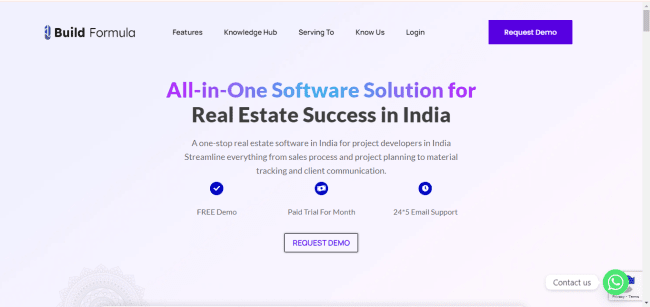
Suppose you operate a software-as-a-service (SaaS) business like Build Formula. You want to improve your sign-up rate. To optimize this, you decide to test what appears above the fold on your homepage. In Version A, you highlight a brief product overview video, while in Version B, you showcase a prominent “Request Demo” button with a list of benefits. Testing which version results in more sign-ups helps you determine the most effective layout.
8. Engage your customers with live chat
Live chat is a highly effective way to engage with your visitors in real time, providing instant answers to their questions and reducing friction in the buying process. Whether it’s helping with product inquiries, resolving concerns, or guiding users through checkout, live chat can help convert hesitant visitors into buyers. It adds a personal touch to the customer experience, increases engagement, and builds trust.
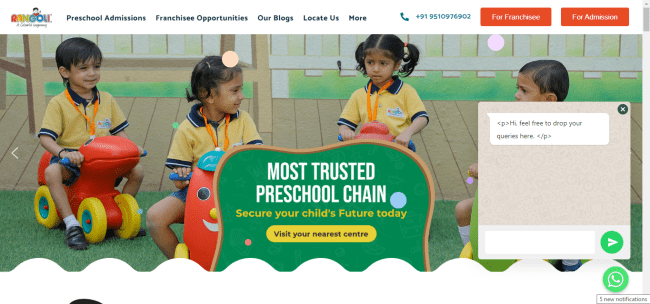
At Rangoli Preschool, implementing live chat on the website can enhance the enrollment experience for parents seeking information. Imagine a parent browsing the “Programs” page to learn more about early childhood education options. They might have specific questions about the curriculum, teacher qualifications, or the enrollment process. With live chat, a school representative can instantly address their concerns, and provide personalized information.
9. Entice your customers with offers and discounts
Offering discounts, promotions, or special deals can be a powerful motivator for turning visitors into customers, especially if they are on the fence about making a purchase. Time-sensitive discounts or first-time visitor offers can create urgency, encouraging visitors to take immediate action. The key is to make the offers easily accessible and clear, ensuring they are prominently displayed on your website.

For an ecommerce fashion store like Creative Dukaan, you could provide a pop-up or banner of “Explore the Offers” when a visitor lands on the site or is about to leave. This small incentive could be the deciding factor for a visitor who is browsing but unsure about buying. By offering such discounts, you can entice visitors to make their first purchase, increasing the chances they will return for future transactions.
10. Leverage the PIE framework for test prioritization
Prioritizing your CRO tests is essential to ensure that you’re focusing on the areas that will have the most significant impact. The PIE framework is a strategic tool to help you decide where to start. PIE stands for Potential, Importance, and Ease.
- Potential refers to how much improvement you can expect from a test
- Importance considers how valuable the traffic is to that part of your site
- Ease assesses how simple the changes are to implement
By scoring each potential test against these three criteria, you can prioritize the ones that are likely to bring the highest returns with the least effort, ensuring that your CRO efforts are both efficient and effective.
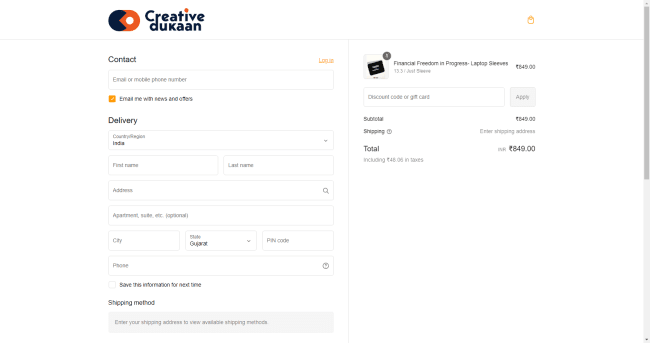
Let’s say you want to optimize an e-commerce website. Using the PIE framework, you evaluate potential CRO tests, such as improving the checkout process, refining product page layouts, and optimizing the homepage. You find that the product pages have high traffic (Importance) and room for improvement in conversion rates (Potential), and making layout changes is relatively straightforward (Ease). Prioritizing this test over others would likely yield the best results with the least effort.
All of these strategies will help you systematically improve your conversion rates. In today’s competitive digital landscape, optimizing your website’s conversion rate is essential for driving growth and maximizing ROI. By implementing the CRO strategies outlined in this blog, you can turn more visitors into loyal customers. If you’re ready to take your conversion rates to the next level, you need the CRO services of Socialee. As a leading digital marketing agency, we specialize in providing tailored Conversion Rate Optimization Services that deliver results. Contact Socialee today.

